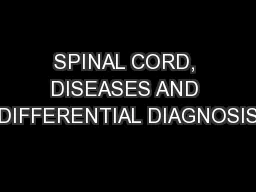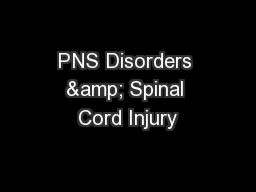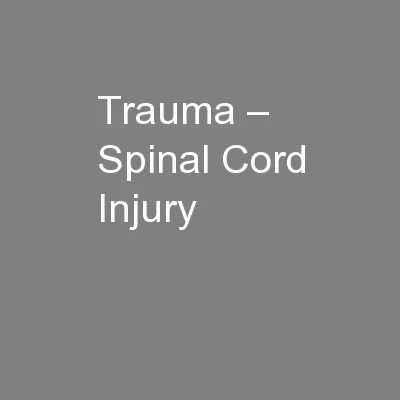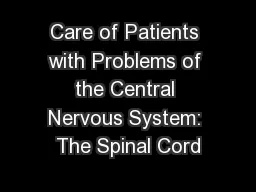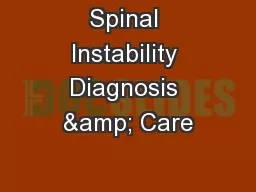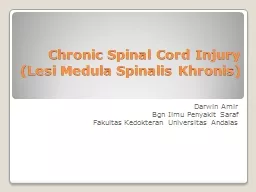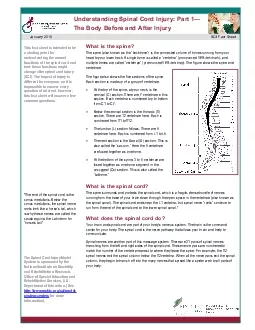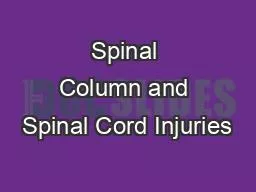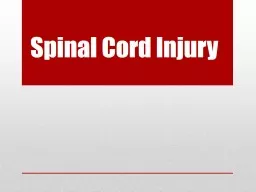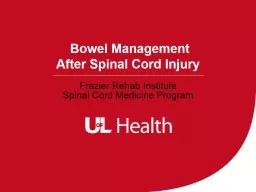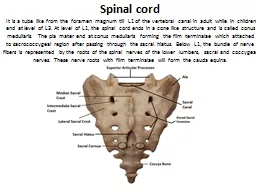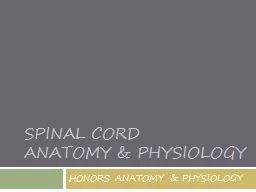PPT-SPINAL CORD, DISEASES AND DIFFERENTIAL DIAGNOSIS
Author : cheryl-pisano | Published Date : 2015-11-15
ProfDrAyse ALTINTAS IUCERRAHPASA MEDICAL SCHOOL NEUROLOGY DEPT 3RD GRADE 2011 OCTOBER MEDULLA SPINALIS The spinal cord the grayishwhite oblong cylindrical continuation
Presentation Embed Code
Download Presentation
Download Presentation The PPT/PDF document "SPINAL CORD, DISEASES AND DIFFERENTIAL D..." is the property of its rightful owner. Permission is granted to download and print the materials on this website for personal, non-commercial use only, and to display it on your personal computer provided you do not modify the materials and that you retain all copyright notices contained in the materials. By downloading content from our website, you accept the terms of this agreement.
SPINAL CORD, DISEASES AND DIFFERENTIAL DIAGNOSIS: Transcript
Download Rules Of Document
"SPINAL CORD, DISEASES AND DIFFERENTIAL DIAGNOSIS"The content belongs to its owner. You may download and print it for personal use, without modification, and keep all copyright notices. By downloading, you agree to these terms.
Related Documents

